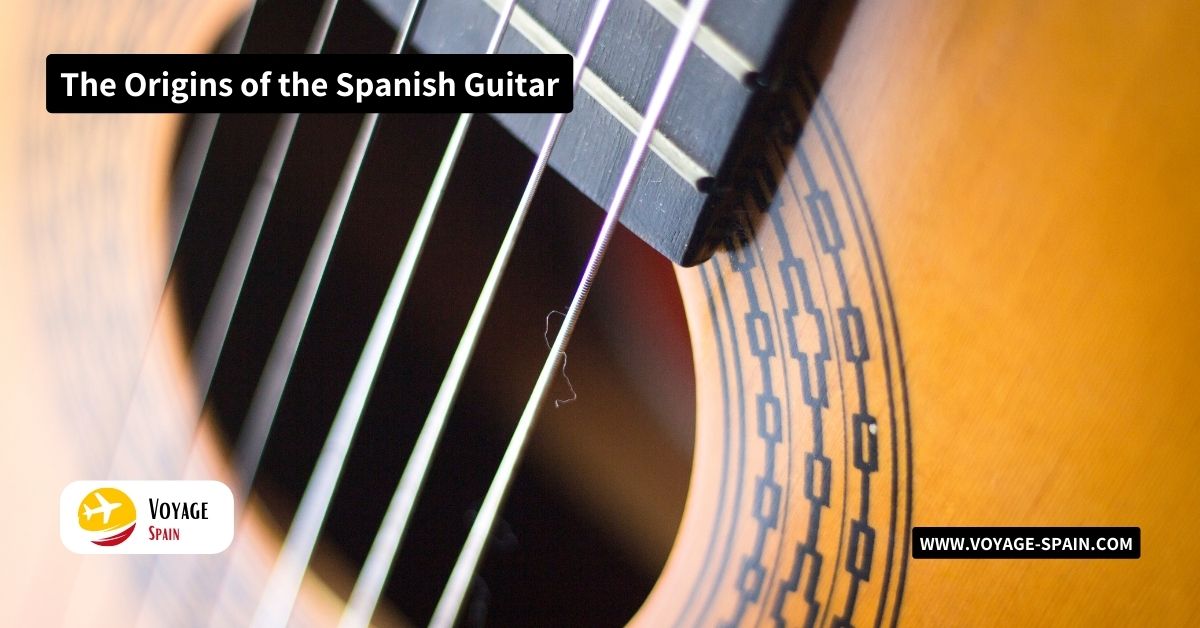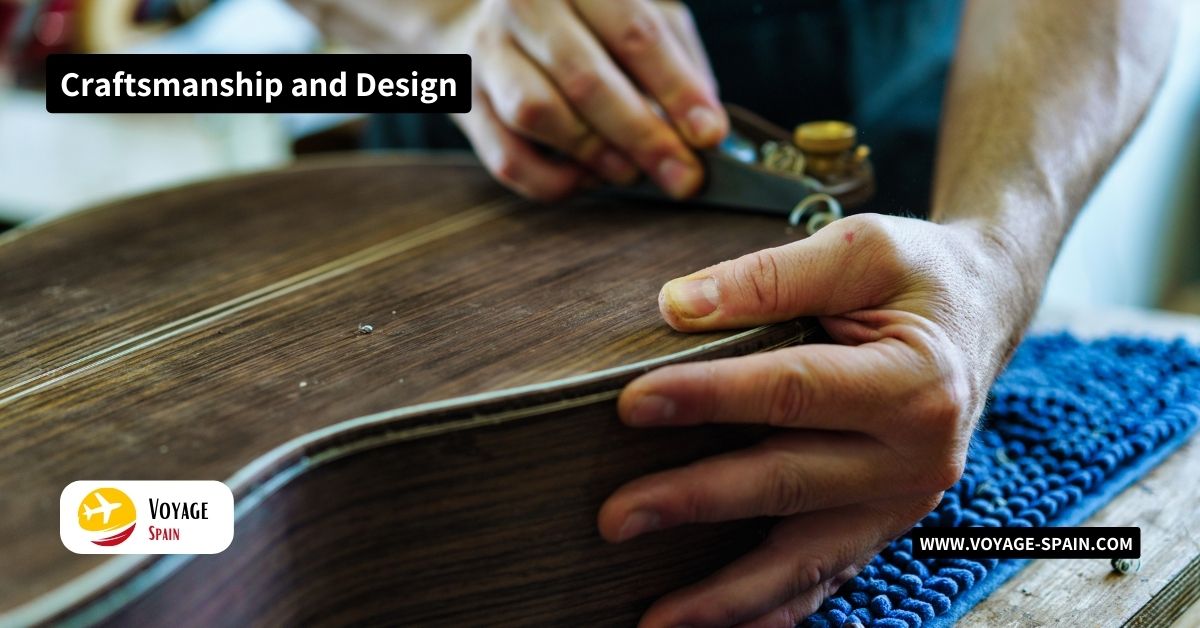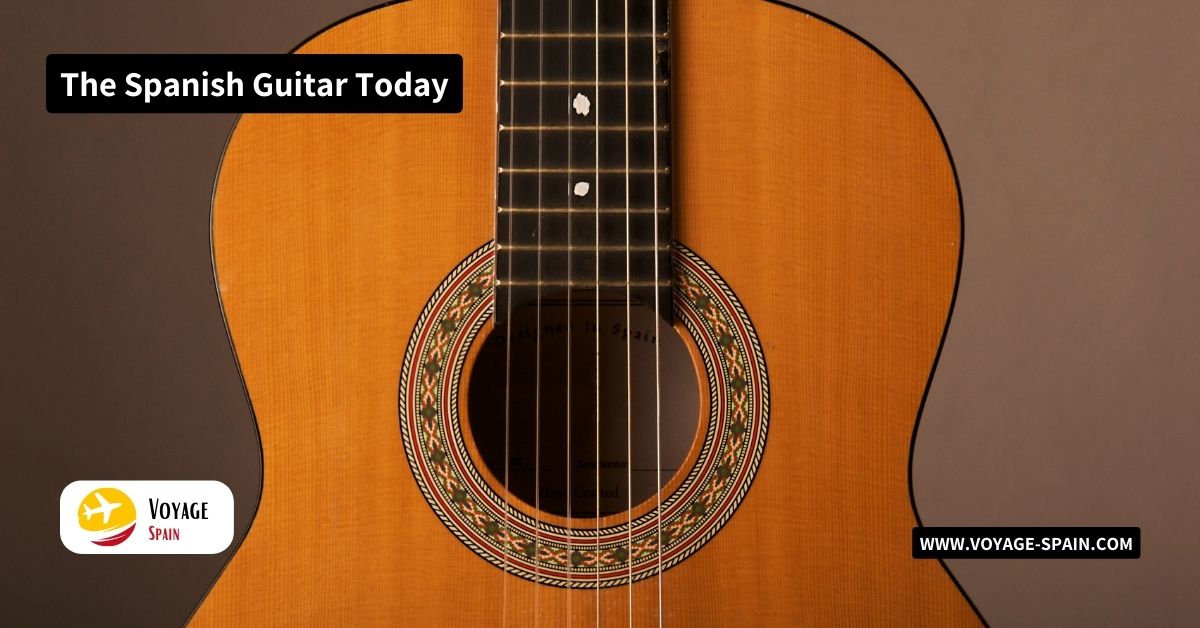Introduction
The Spanish guitar, as we know it today, was not always the center of musical attention. In its early days, this instrument underwent significant transformations, influenced by various cultures and craftsmen, to achieve the perfect balance of form and function. This journey from the rudimentary stringed instruments of the past to the sophisticated guitars strummed by today’s maestros is a fascinating saga of human creativity and ingenuity. This tale is not just about wood and strings; it’s about how a simple instrument can capture the spirit of an era, becoming an iconic symbol of musical expression across the globe.
The Origins of the Spanish Guitar
The roots of the Spanish guitar stretch back to ancient civilizations, where the early ancestors of this beloved instrument were first plucked. The journey began with the Moorish oud and the Latin lute, both of which played pivotal roles in shaping the guitar’s early design. As these instruments traveled through the hands of different cultures across the Mediterranean, they absorbed a rich mix of musical traditions. By the time the Renaissance rolled around, the guitar had begun to take on a form more recognizable to modern eyes, albeit with fewer strings and a simpler structure.
Through the centuries, the Spanish guitar underwent a remarkable evolution, both in how it was played and in its physical design. The Baroque period saw the introduction of the five-course guitar, setting the stage for further refinements. It wasn’t until the 19th century, however, that the instrument as we know it today truly came into its own. Craftsmen like Antonio Torres Jurado revolutionized its size and shape, significantly enhancing its volume and tonal qualities. This period marked a turning point, as the Spanish guitar moved from the background of ensemble pieces to the forefront of solo performances, captivating audiences with its rich, expressive sounds.
Craftsmanship and Design
When it comes to the Spanish guitar, its soulful sound and stunning appearance are no happy accidents. They’re the result of centuries-old traditions of craftsmanship and design, meticulously carried forward by generations of luthiers. These artisans have kept the spirit of the Spanish guitar alive, blending timeless techniques with innovative designs to create instruments that are as beautiful to look at as they are to play. Here’s a breakdown of what goes into crafting these iconic pieces of musical art.
Materials and Techniques
- Wood Selection: The choice of wood is critical, with spruce or cedar for the top for their resonant qualities, and rosewood or mahogany for the back and sides to add richness and depth to the sound.
- Shaping and Bracing: The guitar’s shape is carefully sculpted, and the internal bracing is designed to support the top, allowing it to vibrate freely while maintaining the instrument’s structural integrity.
- Finishing Touches: A meticulous finishing process, including sanding and varnishing, ensures the guitar not only sounds good but also has a smooth, glossy appearance that highlights the natural beauty of the wood.
Artistry and Innovations
- Fan Bracing: This traditional Spanish technique, where the guitar’s top is reinforced with a pattern resembling a fan, helps distribute the string tension evenly, contributing to the instrument’s vibrant tone.
- Adjustable Neck Design: Innovations in neck design allow for adjustments to the guitar’s action, making it easier to play without compromising sound quality.
- Amplification Methods: Modern Spanish guitars sometimes incorporate electronic amplification methods, marrying traditional craftsmanship with contemporary technology to meet the demands of today’s performers.
The Spanish Guitar Today
The Spanish guitar continues to resonate, its strings echoing through the halls of modern music and culture. This isn’t just by chance; it’s thanks to the dedicated craftsmen and revered brands who have taken up the torch of traditional Spanish guitar-making. Names like Ramirez, Alhambra, and Cordoba are not just brands; they’re institutions, embodying centuries of tradition while infusing modern innovation into every guitar they craft. These contemporary luthiers and manufacturers honor the legacy of their forebears, ensuring that each instrument sings with the soul of Spain.
Beyond the workshops and studios, the Spanish guitar has strummed its way into the global music scene, influencing genres far removed from its flamenco and classical roots. From the heartrending ballads of Latin America to the intricate fingerstyle of modern acoustic artists worldwide, the Spanish guitar’s influence is unmistakable. It’s a cultural ambassador, weaving a tapestry of sound that transcends borders, language, and tradition. The instrument’s versatility and expressive depth make it a favorite among musicians, inviting listeners into a world where every note tells a story.
In today’s music landscape, the Spanish guitar stands as a testament to the enduring power of craftsmanship, tradition, and innovation. It’s a bridge connecting past and present, local and global, tradition and evolution. Through the hands of skilled artisans and the artistry of musicians around the world, the Spanish guitar continues to captivate and inspire, proving that some traditions only grow richer with time.
Future of the Spanish Guitar
As we look ahead, the future of the Spanish guitar holds both exciting innovations and the vital task of preserving its rich heritage. Here’s a glimpse into what lies ahead for this timeless instrument:
Innovations and Trends
Advancements in Materials
With sustainable practices becoming increasingly important, expect to see innovations in the materials used for Spanish guitar construction. From eco-friendly alternatives to traditional woods to experimenting with new composite materials, luthiers are exploring ways to create instruments that are both environmentally conscious and sonically exceptional.
Digital Integration
As technology continues to advance, the Spanish guitar may see integration with digital components, such as built-in effects processors or wireless connectivity. These features could open up new possibilities for musicians, allowing for greater versatility and creativity in performance and recording settings.
Preserving Tradition
Apprenticeship Programs
To ensure the continuation of traditional guitar-making techniques, initiatives like apprenticeship programs can play a crucial role. By passing down knowledge from master craftsmen to the next generation, these programs help preserve the craftsmanship and artistry that define the Spanish guitar.
Cultural Recognition and Support
Governments and organizations can contribute to preserving tradition by providing support for cultural heritage initiatives focused on Spanish guitar craftsmanship. This support can come in the form of funding, educational programs, and incentives for luthiers to uphold traditional techniques while embracing innovation.
Conclusion
The Spanish guitar stands tall as a symbol of craftsmanship, tradition, and innovation. From its humble origins to its modern-day evolution, this iconic instrument has woven itself into the fabric of music history, leaving an indelible mark on cultures around the world. Through the craftsmanship of skilled luthiers and the passion of musicians, the Spanish guitar’s enduring legacy continues to resonate, captivating audiences with its soulful melodies and timeless beauty.
As we reflect on the role of the Spanish guitar, it becomes clear that its significance extends far beyond the realm of music. This instrument serves as a bridge, connecting cultures and inspiring unity through the universal language of melody. Its ability to evoke emotions and transcend linguistic barriers makes it a powerful tool for cultural exchange and understanding. In a world often divided by differences, the Spanish guitar reminds us of our shared humanity and the transformative power of music to bring people together.
FAQs
Q1: What Is The History Of The Classical Spanish Guitar?
The classical Spanish guitar has a rich history dating back to the Renaissance period, where it evolved from earlier stringed instruments. It gained prominence in Spain during the Baroque era and underwent significant development in the 19th century, thanks to luthiers like Antonio Torres Jurado.
Q2: What Is Special About Spanish Guitar?
The Spanish guitar is renowned for its warm, rich tone and versatility. Its unique construction and use of traditional materials contribute to its distinct sound, making it a favorite among musicians worldwide.
Q3: Who invented the Spanish guitar?
The modern form of the Spanish guitar is credited to luthier Antonio Torres Jurado, who made significant innovations to its design in the 19th century.
Q4: Where Did The Spanish Guitar Originate?
The Spanish guitar originated in Spain, where it evolved from earlier stringed instruments brought by Moorish and Latin cultures.
Q5: What Is The Spanish Guitar Called?
The Spanish guitar is often simply referred to as “guitar” or “classical guitar” in English. In Spanish, it is commonly called “guitarra española.”
Q6: How Many Types Of Spanish Guitars Are There?
There are several types of Spanish guitars, including classical guitars, flamenco guitars, and various regional variations. Each type has its own unique characteristics and playing styles.











